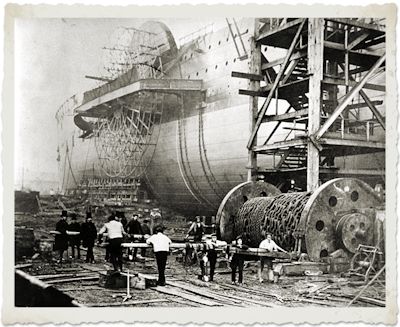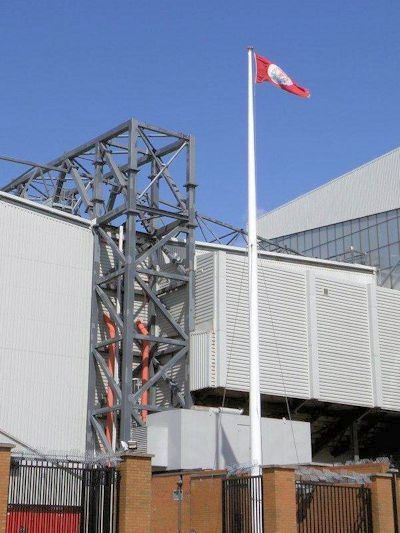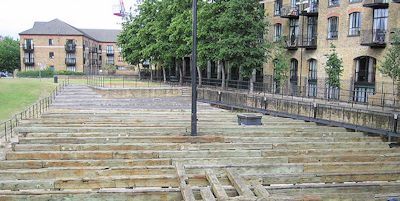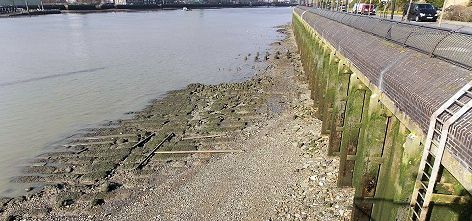Launch Site of the Leviathan - SS Great Eastern

Blasker Walk, on the Isle of Dogs, is today a peaceful place, with some wonderful Thames side view apartments where many city workers now chose to live. One hundred and sixty years ago, however, it was entirely another story, when it was decided to use the foreshore here to build the 19,000-ton ship Leviathan (later known as the Great Eastern) – the world’s biggest ship at the time – at least four times bigger than any other ship and able to carry 4,000 passengers. The building of the Great Eastern, between 1854 and 1859 at the Millwall Ironworks, was on a scale never seen before. It was undertaken by the Victorian Isambard Kingdom Brunel, the most famous engineer of his day and John Scott Russell, the celebrated Naval architect. Brunel’s reason for building a ship this big was simple, it was expected that the ship would undertake the lucrative routes to India and Australia and by having a ship this size it could take enough coal to make the journey without the need to refuel.
This site at the Isle of Dogs was chosen due to the available skilled workforce and shipbuilding machinery available. One major problem was how to launch the ship, due to the fact that no dock was big enough, Brunel’s solution was to launch the ship sideways using cables and chains. Nothing had been attempted on this scale before, but Brunel was confident that his calculations were correct to allow the launch to go ahead.
As a consequence of the launch in November 1857, a huge number of people gathered to watch, with over a thousand squashed together in a small area, resulting in one man being killed, as well as the disaster of the ship getting stuck on its rollers. Another three aborted launches took place and still the vessel was not waterborne until the end of January 1858, by which time the owners had gone bankrupt.
The death of Brunel a few days after the ship's maiden voyage didn't help matters and although it did a few transatlantic journeys, its days as a passenger liner were numbered.
To pay off some of its debts, the company leased the ship to a company enabling them to lay a transatlantic cable; eventually even this type of undertaking ceased and the ship ended up as a public attraction in Liverpool, finally, in 1886 it was broken up on a beach near Liverpool. Ending life as it started!

The topmast rescued from SS Great Eastern is still to be seen serving as a flagpole at the Kop, Anfield, Liverpool’s football ground.

The ship may have come to a sad end, but if you go to the site near Burrells Wharf, you will come across some of the wooden parts of the launch infrastructure which has been preserved. At low tide there are some more relics from the launch to be seen.

London Time

Follow Us
The contents of this website are the property of knowledgeoflondon.com and therefore must not be reproduced without permission. Every effort is made to ensure the details contained on this website are correct, however, we cannot accept responsibility for errors and omissions.
© Copyright 2004 -
Contact Us | Advertise